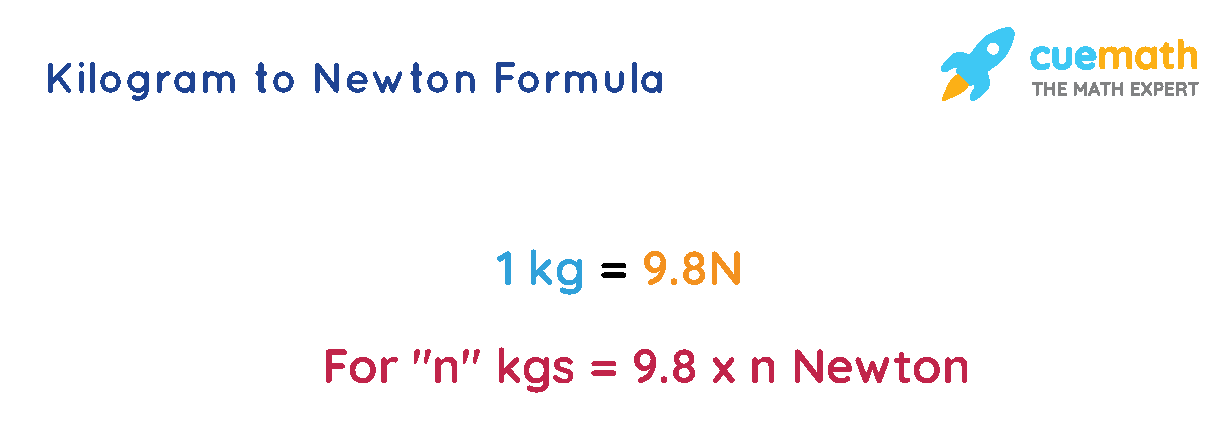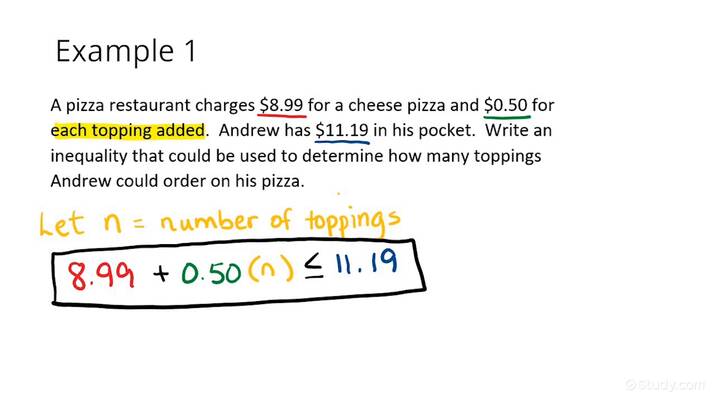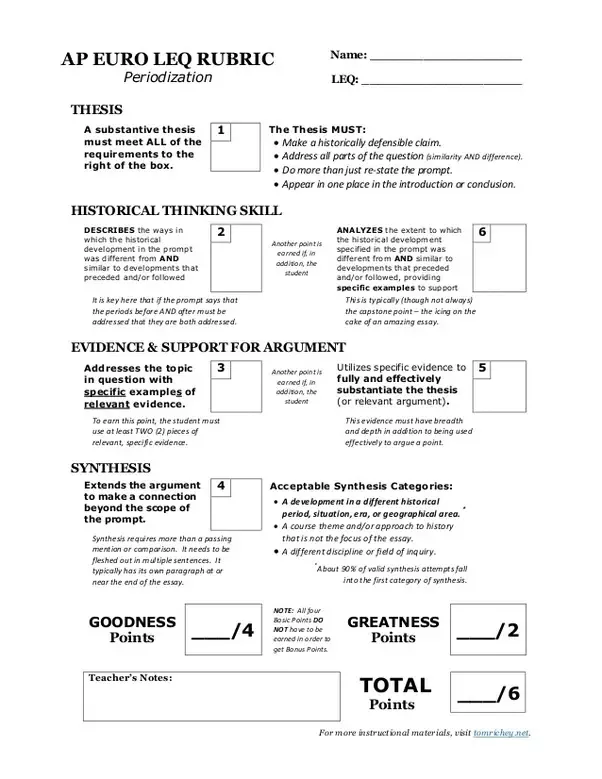Is Newton Equal To Kg?
No, Newton is not equal to kg. Newton is a unit of force while kg is a unit of mass. Newton is a derived unit of the SI system of units, and it is defined as the force needed to accelerate a mass of one kilogram at a rate of one meter per second squared. Kg, on the other hand, is the SI unit of mass, and it is defined as the mass of a specific international prototype kept at the International Bureau of Weights and Measures.
What is Newton?
Newton is a unit of force, often used in the world of physics. It is named after Sir Isaac Newton, who is considered one of the most influential scientists in history. The unit is abbreviated as N, and is defined as the amount of force required to accelerate a one-kilogram mass at a rate of one meter per second squared. Newton is a derived unit, as it is derived from the SI base units of mass, length, and time. It is a derived unit because it is based on the kilogram (kg), meter (m), and second (s).
Newton is often used to measure force in the body, such as when lifting weights or performing exercises. It is also used to measure the force of gravity on an object, such as when calculating the weight of an object. On a larger scale, Newton is also used to measure the force of thrust generated by a rocket engine.
So, is Newton equal to kg? The answer is no, because Newton is a unit of force, not a unit of mass. The kilogram is a unit of mass, while Newton is a unit of force. The two units are related, as they are both used to measure the movement of objects, but they are not equal.
What is Kg?
Kg, or kilogram, is the SI unit of mass. It is a base unit of the International System of Units (SI) and is used to measure the mass of an object. In other words, it is the amount of matter contained in a physical object. The kilogram is the only base SI unit that is still defined by a physical prototype rather than by a fixed numerical value. The current prototype is a cylinder of platinum-iridium alloy kept at the International Bureau of Weights and Measures in France. In contrast, Sir Isaac Newton’s laws of motion and gravitation are fundamental physical laws that govern the motion of objects in the universe. Newton’s laws describe the behavior of objects in terms of mass, force, and acceleration. They are mathematical statements that explain how objects move and interact with each other. While the kilogram is a unit of mass, Newton’s laws describe the behavior of physical objects in terms of mass, force, and acceleration. Therefore, it is not correct to say that Newton is equal to Kg.
Comparing Newton and Kg
Have you ever wondered if Newton and Kilogram are interchangeable? While both are units of measurement for mass and force, there are some important differences between them. Newton is the derived SI unit of force, while Kilogram is the SI unit of mass. Newton measures the amount of force needed to accelerate a 1 kg mass at a rate of 1 m/s2. On the other hand, Kilogram measures the mass of an object by weighing it in relation to a standard kilogram.
The two terms are often confused with one another, as they both measure mass and force. However, it is important to note that Newton is a measure of force, not mass. This means that while both Newton and Kilogram measure mass and force, they are not the same. Newton measures force while Kilogram measures mass, and the two cannot be used interchangeably.
Understanding the difference between Newton and Kilogram is essential when it comes to accurately measuring mass and force. Being aware of the differences between the two can help you make educated decisions when determining the appropriate measurement for a certain application. Knowing the difference between Newton and Kilogram is also important in order to avoid confusion and potential mistakes.
Historical Development of Newton and Kg
The development of the units of measurement for force and mass, Newton and kilogram, respectively, have been intertwined since the dawn of the scientific era. Newton was first introduced in the 17th century by the famous English physicist and mathematician Sir Isaac Newton. He proposed the idea of a unit of force to measure gravity and he named it the Newton. On the other hand, the kilogram was first introduced in France in the 18th century. It was initially used as a unit of mass in the metric system.
The two units are now widely used across the world for different types of measurements, but they are not equivalent. Newton is a unit of force, while kilogram is a unit of mass. Newton measures the force of an object’s acceleration, whereas the kilogram measures the amount of mass an object contains.
Despite the differences, Newton and kilogram have been linked since their introduction. In 1901, the International Bureau of Weights and Measures (BIPM) recognized the Newton as the new unit of force in their International System of Units (SI). This made the two units of measurement more closely linked and helped to ensure that both measurements were accurate and precise.
Today, Newton and kilogram are recognized as two of the most important and widely used units of measurement. While they are not equivalent, they remain closely linked and are essential for making accurate measurements in the sciences.
Uses of Newton and Kg
The use of the Newton and the Kilogram (Kg) are two of the most commonly used measurement units in the world. Newton is an SI unit of force, while Kg is an SI unit of mass. Although they are both SI units, they are not interchangeable. Newton is a measure of force per unit of mass, while Kg is a measure of mass per unit of mass. Therefore, Newton is not equal to Kg.
Newton is most commonly used in mechanics, engineering, and physics. It is used to measure the force of an object or the amount of acceleration it experiences. Kg, on the other hand, is used to measure the mass of an object. This is useful for calculating the weight of an object or the amount of energy it possesses.
The two units can be used together to calculate the acceleration of an object or the amount of force required to move it. For example, if a car weighs 1000 kg, it requires 10000 newtons of force to move it. This calculation is done by multiplying the mass of the car (in kg) by the acceleration due to gravity (in newtons per kg).
In conclusion, while Newton and Kg are both SI units, they are not equal as Newton is a measure of force and Kg is a measure of mass. They can be used together to calculate the acceleration of an object or the amount of force required to move it.
Conclusion
The answer to the question of whether Newton and Kg are equal is clearly not a simple one. Newton and Kg are two different units of measure, each with its own unique purpose and application. While Newton is used to measure force, Kg is used to measure mass. Although the two units are related, they are not interchangeable. In order to understand precisely how the two units are related, it is important to understand the concepts of force, mass, and acceleration. When these concepts are fully understood, it becomes clear that Newton and Kg are not equal.
FAQs About the Is Newton Equal To Kg?
1. Is Newton equal to Kilogram?
Answer: No, Newton is a unit of force, while Kilogram is a unit of mass.
2. What is the relationship between Newton and Kilogram?
Answer: The Newton is related to the Kilogram through the equation F=ma, where F is force in Newtons, m is mass in Kilograms, and a is acceleration.
3. How do you convert between Newton and Kilogram?
Answer: To convert between Newton and Kilogram, you can use the equation F=ma, where F is force in Newtons, m is mass in Kilograms, and a is acceleration.
Conclusion
No, Newton is not equal to Kg. Newton is the SI unit of force, while Kg is the SI unit of mass. Newton is the unit of measure for the amount of force required to accelerate a mass of one kilogram at one meter per second squared. Kg is the unit of measure for the amount of mass. They are not equal, but they are related.




